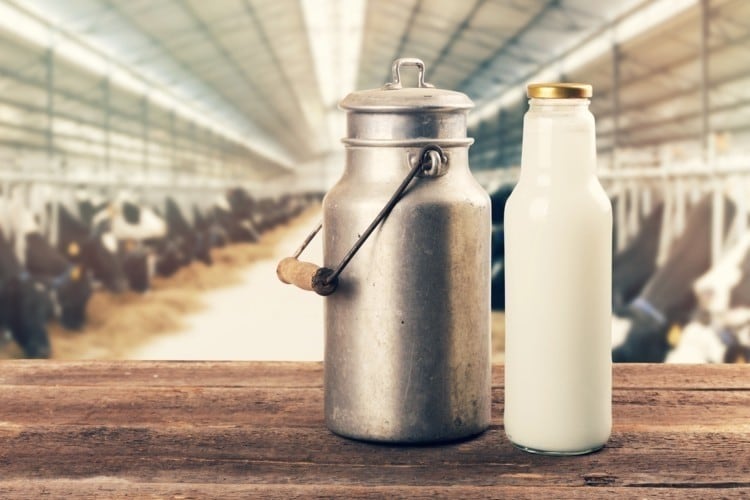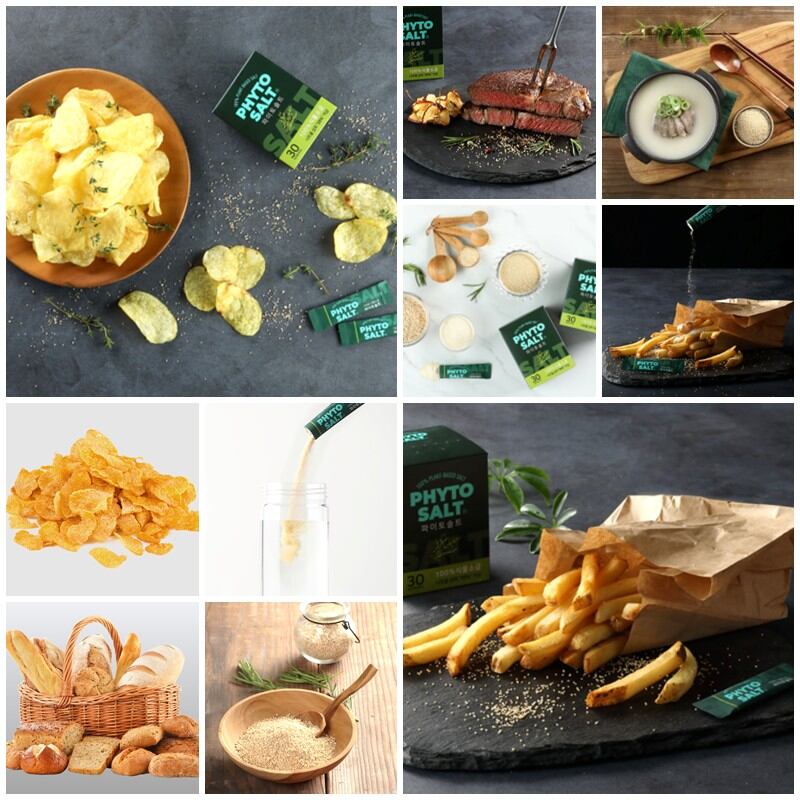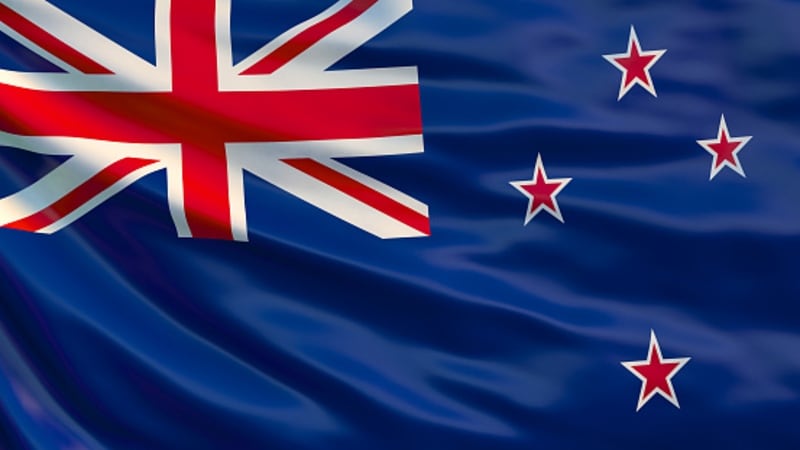Milk bars have existed in China for just over a decade and are basically dedicated outlets that sell fresh milk and other dairy products which are processed on-the-spot from raw milk including pasteurised milk, yoghurt, cheese and more.
Known names in this sector are mostly local firms such as INM China and Heqike, which will normally also run their own farms to provide raw milk. Milk bars are particularly prevalent in the Eastern Chinese province of Shandong, one of the first places that the model was introduced in, but has now spread to many other provinces nationwide.
The Shandong Dairy Association was thus the trade body that issued a new set of guidelines and regulations surrounding the management of milk and other dairy products in milk bars, emphasising the freshness of raw milk used and safe processing standards to be put in place given that processing is performed on-site.
“A decade of continuous development has proved that the ‘fresh milk bar’ concept is instrumental in expanding the country’s dairy processing and distribution channels, expanding dairy consumption, promoting industrial development, and increasing the income of dairy farmers,” said the Shandong Dairy Association via a formal notice.
“However, in this process we have discovered a number of new problems and contradictions that need to be addressed, so the association has decided a new set of guidelines to enhance quality and safety levels so as to ensure the safety and quality of products from milk bars and enable this concept’s healthy and sustainable development.”
Strict shelf life limits have been established for the ready-to-eat or ready-to-drink products such as pasteurised warm milk (three to four hours at most) and hand-made yoghurt (24 hours at most) in order to maintain freshness.
“All ready-to-consume products including pasteurised milks and kefirs must be processed and sold on the same day,” said the association.
“These products must also be packaged properly and labelled with the date of manufacture, shelf life, storage conditions, product ingredients, additives used and fermentation strains used.”
This means that milk bar operators will now need to exercise stricter control and estimations when it comes to bringing in raw milk supply as well as when processing this, as all products that are not sold the same day of production will need to be discarded.
Milk bars that offer delivery services will also need to include detailed information on all delivered products such as time of milk production, delivery time, storage conditions. The Delivery vehicles will need to be cleaned and disinfected daily, and surface temperatures for product containers kept at 8°C and below at all times.
Maintaining dairy safety
In order to ensure the food safety and non-contamination of all products, milk bars have also been ordered to establish management systems covering the areas of records, sample retention, monitoring, reporting and training.
Milk bars will be required to keep samples of all incoming raw milk and processed products by batches stored under prescribed refrigeration conditions, to ensure that any potential contamination or disease outbreak can be effectively traced back if so required.
“The sample retention time of fresh milk shall not be less than 48 hours and/or its marked shelf-life, the sample retention quantity shall not be less than 250 grams and at least four sales packages must be retained,” said the new guidelines.
“Detailed sample keeping records must be kept, the contents of which include: sample keeping product name, sample keeping specifications, sample keeping quantity, sample keeping time (hours), sample keeping staff, audit staff and other relevant information.”
In addition, milk bars must also put specific measures in place to combat health risks associated with the recent COVID-19 outbreak. These include regular disinfections and proper ventilation of the premise, temperature-taking, mask-wearing and safe distancing.
Dairy concerns
Milk bars depend heavily on raw milk production to sustain their businesses, and recently concern has arisen in the industry when a study published in Climate Change revealed that heat stress in the country appears to be affecting milk production nationwide.
“There are clear signs that milk production growth is levelling off, and recently even declining, in China. Heat stress is one of the main reasons for the recent reduction in milk production,” said the study authors, from the Chinese Academy of Agricultural Sciences and CAAS-ICRAF Joint Lab on Agroforestry and Sustainable Animal Husbandry in China.
“These losses are projected to [reach] up to 6.5 kg per cow in 2050 and up to 7.2 kg in 2070 (representing production losses between 15% and 50%), [suggesting] significant consequences for the dairy sector in major milk-producing areas in China.”
A separate report by PWC also found that China’s overall dairy herd has shrunk by some 20% between 2008 and 2018, although large-scale farms, with over 100 cows, have increased further in size – suggesting that small-to-mid scale farms are losing out.
Milk bars run their own farms for raw milk supply, so both production and herd size loss nationwide may indicate potentially serious implications in terms of milk supply for stores operating under this format.





